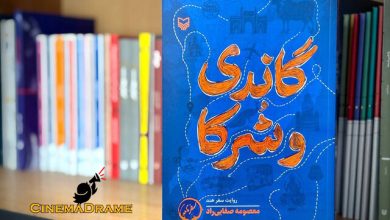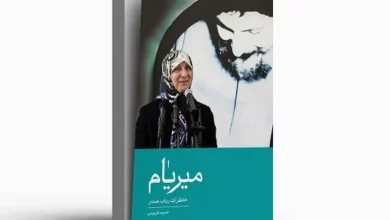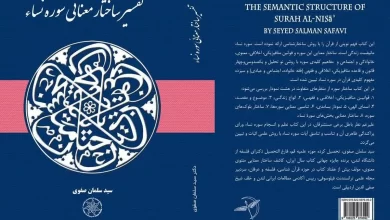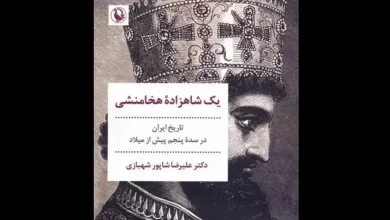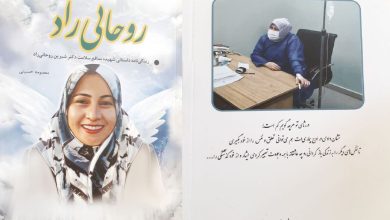The book “The Prefigurations of the Prophet” has been released to the publishing market.
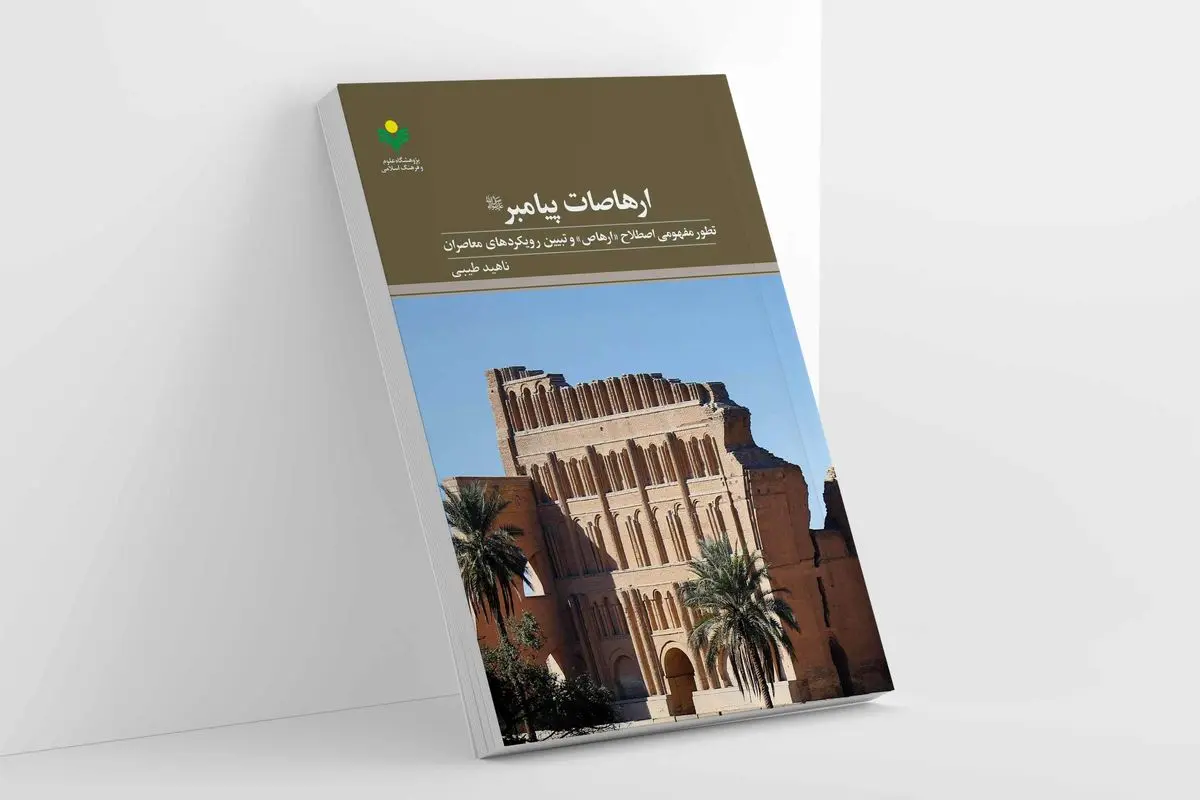
According to cinemadrame, quoting the public relations of the Research Institute of Islamic Sciences and Culture, the book “The Prefigurations of the Prophet (PBUH): The Conceptual Evolution of the Term ‘Irhas’ and Contemporary Approaches” by Nahid Tayebi has been published. The book, which consists of 228 pages, was prepared at the Research Center for the History and Biography of the Ahl al-Bayt (AS) of the Research Institute of Islamic Sciences and Culture and published by the institute’s own press.
“Irhas” refers to extraordinary events that occurred before the Prophethood of Muhammad (PBUH), indicating his future prophethood. The introduction, application, and conceptual scope of the term “irhasat” in historical, interpretive, and theological sources have undergone quantitative and qualitative transformations, which are explored in this work. The book also discusses the rise of the anti-miracle and anti-supernatural approach, presenting the views of some contemporary authors.
The book is divided into six chapters:
The first chapter, titled “Conceptual and Terminological Study of Irhas,” explains the linguistic definition of irhas and related concepts, analyzes the term “irhas,” and distinguishes between irhas and miracles.
The second chapter, titled “History, Sources, and Types of Irhas and Miracles,” discusses the history of the introduction of the terms “irhas” and “miracle” in sources, the source analysis of irhas and miracles, their typology, and the examination of reports of irhasat.
In the third chapter, titled “The Quantitative Evolution of the Term ‘Irhas’ in Historical, Theological, and Exegetical Sources up to the 10th Century,” the author focuses on irhas in historical, theological, and exegetical sources.
The fourth chapter, “The Quantitative Evolution of the Term ‘Irhas’ in Historical, Theological, and Exegetical Sources from the 10th Century to the Contemporary Period,” explores irhas in the historical sources of both Sunni and Shia scholars, in theological sources of both Sunni and Shia scholars, and in exegetical sources of both Sunni and Shia scholars.
The fifth chapter is titled “The Qualitative Evolution of the Term ‘Irhas’ in Islamic Sources.”
The sixth and final chapter, titled “Contemporary Approaches to the Supernatural,” examines the views of contemporary authors on extraordinary events, irhasat, and miracles.
Interested readers can purchase the book online at the following website: http://shop.isca.ac.ir/

